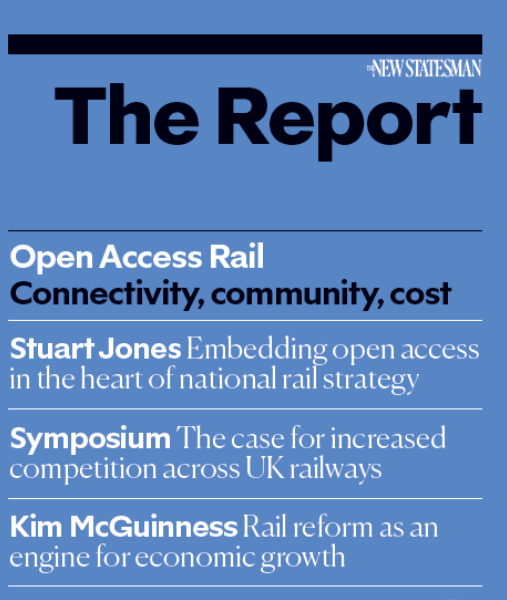

|
Last month, the New Statesman published a booklet highlighting the significant benefits that open access operators continue to provide on Britain’s railways. |
|
It is clear that open access operators, in competition with each other and with the state-owned operator LNER, have delivered for customers and communities. |
|
|
We will shortly be getting long overdue competition from Stirling to London and Carmarthen to London where customers and communities can expect the same benefits as those provided on the East Coast mainline. |
|